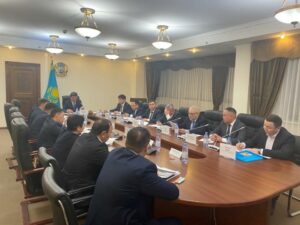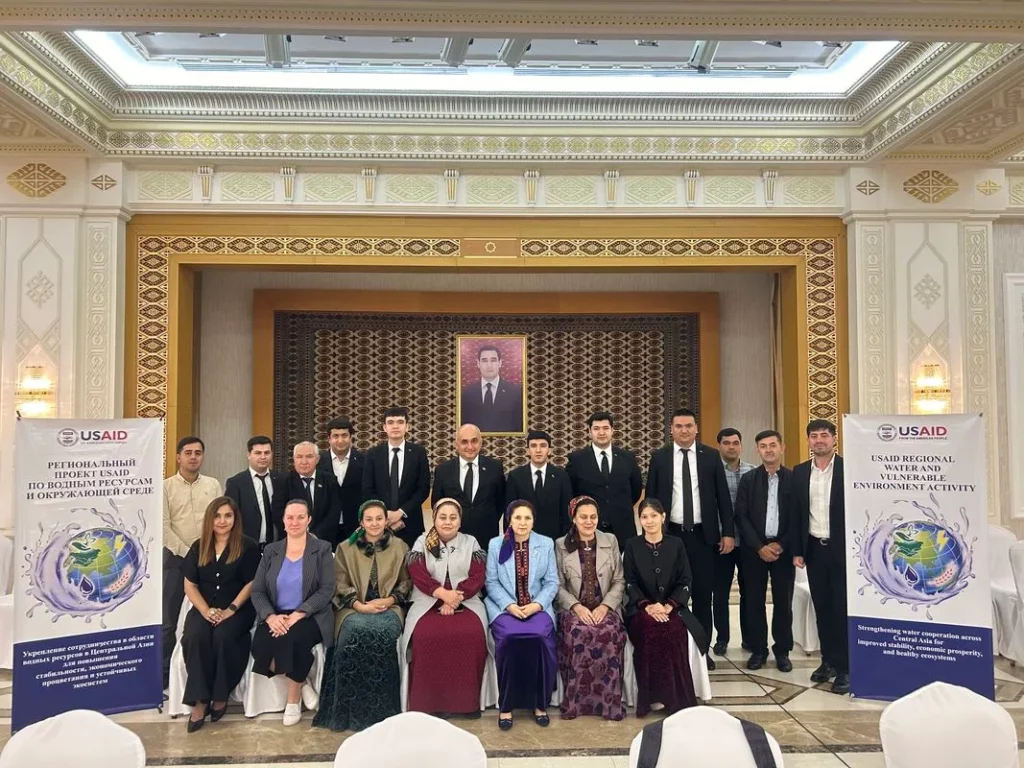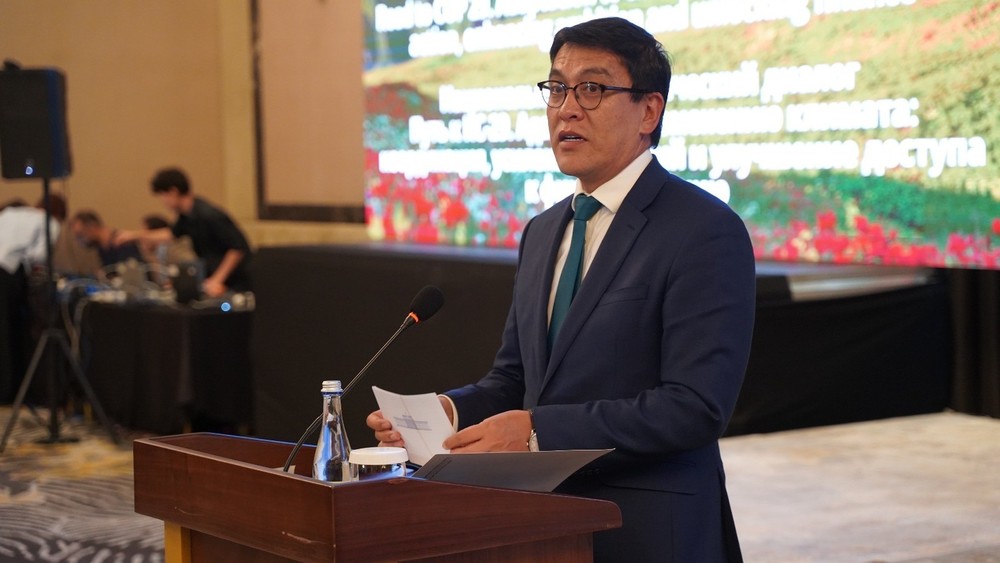In order to improve the environmental situation, the President of Kazakhstan has set the task of carrying out forest reclamation work on the drained bottom of the Aral Sea (hereinafter referred to as ODAM) until 2025 on a total area of 1.1 million hectares, by creating saxaul plantations.
To obtain maximum survival rate of saxaul, forest reclamation work is carried out on the basis of scientific recommendations and working projects (the main methods are mechanized sowing and planting). After all, the Kazakh part of the Aral Sea bottom is more saline than on the territory of the Uzbek side.
Science recommends sowing (planting) saxaul on type 3 soils, and halophytic plants (karabak, sarasazan) on type 4 soils.
To create a forest at the bottom of the Aral Sea, soil surveys were carried out on an area of 753 thousand hectares.
Planting on the drained bottom of the Aral Sea today is provided with the infrastructure for preparing seeds for sowing and cultivation, and the necessary special equipment has also been purchased.
Thus, through the efforts of the Ministry of Ecology and Natural Resources of the Republic of Kazakhstan and the akimat of the Kyzylorda region, 544.5 thousand hectares of forest were sown over the last three years. This year it is planned to plant another 275 thousand hectares.
Considering that the drainage of the Aral Sea is a global problem, the Ministry cooperates with international organizations, including the International Fund for Saving the Aral Sea (IFAS), the World Bank, the German Society for International Cooperation (GIZ), the United States Agency for International Development (USAID), Korea Forest Service and other international organizations.
In the summer and autumn of 2021, specialists from Uzbekistan and Kazakhstan exchanged experience in planting saxaul and other trees at the bottom of the Aral Sea. As a result of the visits, a Memorandum was signed for closer cooperation in the field of forestry in the Aral Sea region.
For planting saxaul on saline and sandy soils, science recommends the use of various technologies. For this purpose, a pilot plot has been created on an area of 150 hectares, where methods such as planting with a closed root system and sowing seeds using growth stimulants (hydrogel) are used.
For rapid adaptation and high survival rate of planting material, it is planned to complete the construction of a forest nursery on the bottom of the Aral Sea with an area of 33 hectares in the near future. This nursery will work as an experimental site for the capital’s Republican State Forestry Selection and Seed Center, where a genetic bank of forest seeds is stored, including saxaul seeds, which will become the main species of man-made forests at the bottom of the Aral Sea.
On the same day, under the chairmanship of the Minister of Ecology and Natural Resources of the Republic of Kazakhstan Erlan Nysanbayev, a meeting was held to implement the instructions of the Head of State to plant saxaul plantations on the dried bottom of the Aral Sea.

The event was attended by specialists from the Committee of Forestry and Wildlife, representatives of the Kyzylorda Regional Territorial Inspectorate of Forestry and Wildlife, the Republican Forest Selection and Seed Center, the Akimat of the Kyzylorda Region, the Department of Natural Resources and Environmental Regulation and the Kazakh Research Institute of Forestry.
Regarding the work in this direction, Deputy Head of the Republican Headquarters for monitoring the implementation of saxaul sowing on the dried bottom of the Aral Sea, General Director of the Republican Center for Forest Seed Selection, Gaziz Alibi, focused on the work done in 2021-2023 and noted that: “For the purposes of In order to implement the order of the Head of State, in 2021, 500 thousand hectares of land will be included from the lands of the water fund of the drained bottom of the Aral Sea, which will be included in the lands of the state forest fund of the Aral Forestry Institution. Since 2023, forest reclamation work began on the newly annexed lands of the dried bottom of the Aral Sea.”
It should be noted that climatic conditions are changing, and the frequency and severity of storms are increasing. Wind-borne salt and dust cause significant damage to areas adjacent to the Aral Sea and their inhabitants. Every year, more than 100 million tons of salt, dust and sand are released into the air from the dry bottom of the Aral Sea.
Director of the Almaty branch of the Kazakh Research Institute of Forestry named after LLP. A. Bokeikhan” Ruslan Akhmetov made a report on a number of developed proposals for phytomelioration of the drained bottom of the Aral Sea.
During the meeting, the Minister noted the importance of proper, high-quality and timely implementation of phytoreclamation work on the dried bottom of the Aral Sea, in accordance with the instructions of the President of the Republic of Kazakhstan to improve the environmental situation in the Aral region.



